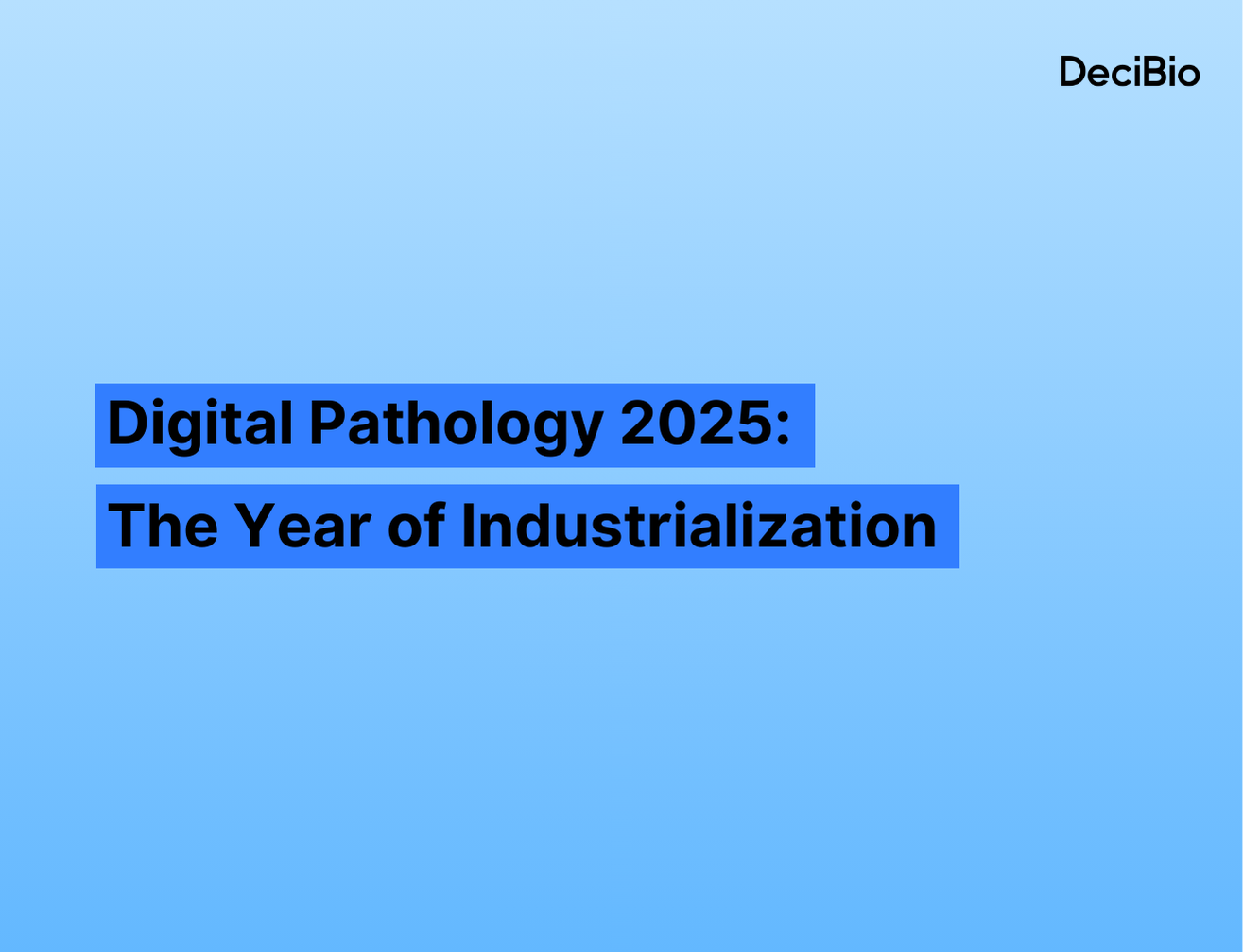For AGBT 2020, we analyzed collaboration networks within liquid biopsy publications to understand the landscape. We analyzed ~2,600 liquid biopsy publications 1, indexing ~1,300 affiliations and ~15,000 authors in 60 countries. Unsurprisingly, publication activity is largely driven by universities and research institutions.

Using a proprietary algorithm2, we identified top authors by indication. Unsurprisingly, many of the top authors are leaders across more than one cancer indication.Explore top authors and affiliations among other topics in our tactical sales tools here.

Companies with the highest number of publications have established collaborations with relatively non-overlapping academic collaborators.

Liquid biopsy has fewer collaborations per publication and per author than most other disruptive technologies we analyzed, likely due to the high commercial activity compared to other techs.

Network Mapping3 of liquid biopsy publications reveals highly decentralized yet collaborative research activity across top indications. Explore the interactive map here.

Academic collaborations can be used as a proxy to identify the likely commercial segmentation and adoption of novel technologies, such as liquid biopsies.While collaboration activity is likely limited by the robust commercial activity (100+ companies, $6B invested in the last 7 years), we found that the liquid biopsy space was still highly collaborative. The level of collaboration was largely in line (though lower) with other disruptive technologies that have strong academic activity, such as single cell analysis or CRISPR. Between cancer types, lung and colorectal cancer had the most collaborative research, mirroring current commercial activity and clinical need.Highly impactful author clusters will likely drive research activity and may be attractive partners for industry players. The growing interest in collaborative research will not only potentiate but also accelerate technology expansion and commercialization across indications.In conclusion, liquid biopsies’ progress is expected to be driven by highly decentralized but collaborative research efforts based in academic and commercial settings, which in turn will increase competitive intensity.Methods:1. PubMed queries used were “noninvasive biopsy OR non-invasive biopsy; Liquid Biopsy OR Liquid Biopsies; ctDNA OR circulating tumor DNA; circulating tumor cell; cfDNA; Cell free DNA; cancer AND blood AND early detection”; [“single cell sequencing” OR “single cell”] for single cell analysis (SCG), [“single cell sequencing” OR “single cell genomics”] for single cell genomics, [digital polymerase chain reaction” OR “dPCR” OR “digital PCR”] for dPCR, [“CAR-T” OR “CAR T” OR “chimeric antigen receptor t cells)] for CAR-T, and [CRISPR OR “Clustered Regularly-Interspaced Short Palindromic Repeats” for CRISPR. Includes only articles published in the last 5 years.2. Our algorithm includes metrics such as the author’s H-index, number of citations the author has received, and the total number of published publications by the author3. For the network analysis, each circle represents an author, size of the circle corresponds to our ranking algorithm, the distance between circles corresponds to the tendency of collaborations, and spatial orientation demonstrates author impact (e.g., central authors have higher influence compared to peripheral authors), ignoring publication and citation data. Lines connecting two circles describe the propensity and frequency of collaborations between authors. Color represents the modularity class. Collaboration score is a ranked percentile of collaborations, papers, and authors (score = 1*avg.author+3*avg.pub+5*avg.collab/9*100). The score is benchmarked against the liquid biopsy universe (Score 100).*This data was presented at AGBT 2020. Download the poster here.
About the AuthorS

Tina is a Senior Analyst at DeciBio with a focus on the health technology, clinical diagnostics, and genomics markets. At DeciBio, Tina’s project work includes market intelligence, voice-of-customer research, and go-to-market strategy development. Connect with her on LinkedIn.

Trpti is a Data Analyst at DeciBio where she develops business intelligence products and services for companies in the research tools, clinical diagnostics, and health technology markets. She has experience building dynamic data visualizations, competitive intelligence tools, and market models. Connect with her on LinkedIn.Disclaimer: Companies listed above may be DeciBio clients and/or customers


.png)




